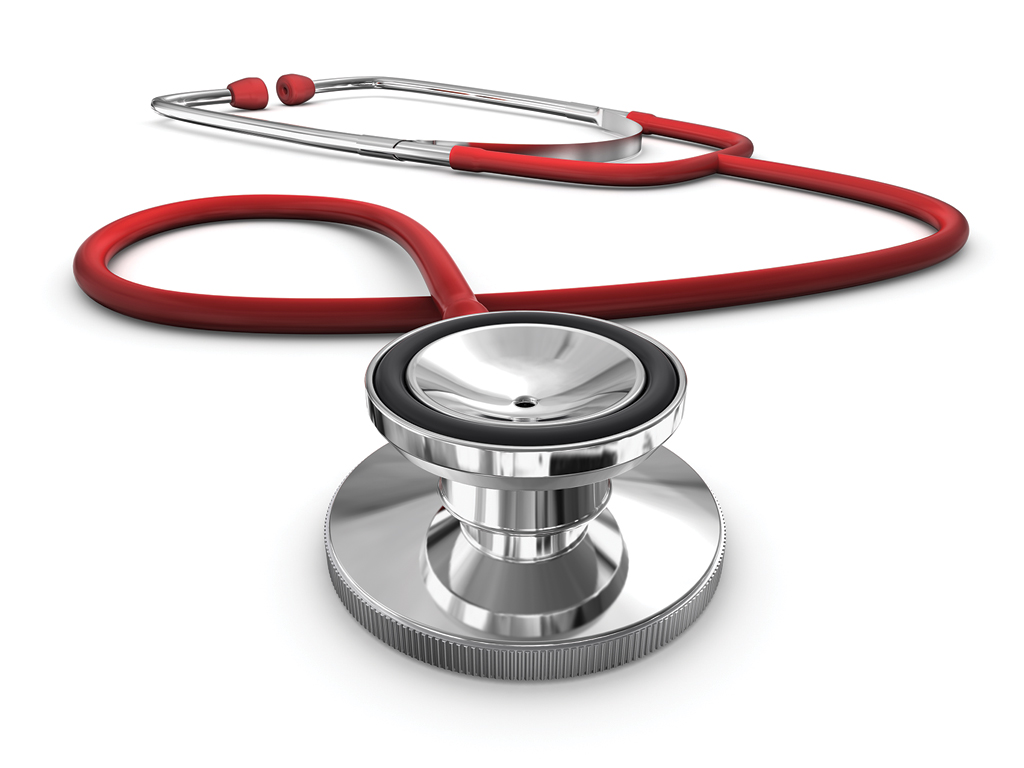By David J. Herman, M.D.
Recent cases of monkeypox in the United States and several other countries have many people wondering about the virus and whether the world is facing another pandemic like COVID-19.
The good news is that monkeypox is very different from COVID-19 and is generally not easily spread between humans. However, it is still a serious virus that can cause severe illness and, in some cases, turn fatal.
While the situation continues to evolve, here are six things you need to know now about monkeypox and what to do if you develop symptoms of the disease.
What is monkeypox?
Monkeypox is a rare disease caused by the monkeypox virus, a relative of smallpox and cowpox. The name monkeypox originates from the initial discovery of the virus in monkeys in a Danish laboratory in 1958. The first human case was identified in a child in the Democratic Republic of the Congo in 1970.
There are two strains of monkeypox, the Congo Basin strain and the West African strain. The Congo Basin strain is thought to have a fatality rate of 10% and the West African strain has a fatality rate of about 1%.
Where is monkeypox commonly found?
Monkeypox is commonly found in central and west Africa where there are tropical rainforests and where animals that may carry the virus typically live. Occasionally, monkeypox cases have occurred outside Africa linked to international travel or imported animals.
In 2003, for instance, there were 47 confirmed and probable cases of monkeypox in people in the midwestern United States. All became ill after encountering prairie dogs that had been infected after being housed near animals that were imported from Ghana. There were also two travel-related cases in the United States in July and November 2021.
What are the symptoms of monkeypox?
The first signs of monkeypox typically include: fever, headache, muscle aches, backache, swollen lymph nodes, chills, and fatigue. Within days of the first symptoms, a telltale rash develops, often starting on the face and then spreading to other parts of the body.
The rash progresses into lesions that eventually crust over and form scabs that fall off in approximately two to four weeks.
It is important to note, however, that in the recent cases, some patients did not experience any other symptoms prior to developing lesions, which began in the genital and perianal region rather than on the face.
The incubation period for monkeypox from the time of exposure to the appearance of the rash is usually between 5 and 21 days. A person is considered infectious from the onset of symptoms and is presumed to remain infectious until lesions have crusted, those crusts have separated, and a fresh layer of healthy skin has formed underneath.
How is monkeypox transmitted?
Unlike COVID-19, monkeypox is generally not easily spread between humans. According to the Centers for Disease Control and Prevention (CDC), human-to-human transmission is thought to primarily occur through large respiratory droplets that are spread with prolonged face-to-face contact. This means within a six-foot radius in the absence of an N95 or filtering respirator for three or more hours.
Other means of human-to-human transmission include direct contact with body fluids or lesions, and indirect contact with lesion material through contaminated clothing or bedding.
Why are health officials concerned?
Since May 14, 2022, clusters of monkeypox cases have been reported in several countries that don’t normally have monkeypox. Although previous cases outside of Africa have been associated with travel from Nigeria, most of the recent cases do not have a direct travel history. Of the nine patients confirmed with monkeypox in England, six had no history of travel to Africa and the source of these infections is unknown.
The fact that not all the individuals infected traveled to West or Central Africa suggests the possibility that the virus has become more transmissible. However, the mode or modes of transmission are under active investigation, and there is no proof yet that the virus has changed to become more transmissible.
As of May 25, 2022, the CDC has confirmed nine cases of monkeypox in the United States. Cases have been confirmed in Massachusetts, Florida, Utah, Washington, California, Virginia and New York.
According to the CDC, based on limited information available at this time, risk to the public appears low.
What should I do if I have symptoms of monkeypox?
People who have symptoms of monkeypox should contact their healthcare provider. While there is no treatment for monkeypox specifically, antiviral medication typically used to treat smallpox may be prescribed.
Because monkeypox virus is closely related to the virus that causes smallpox, the smallpox vaccine can protect people from getting monkeypox. The CDC reports that past data from Africa suggests that the smallpox vaccine is at least 85% effective in preventing monkeypox.
To find a physician with Penn Medicine Princeton Health, call 888-742-7496 or visit www.princetonhcs.org.
David J. Herman, M.D., is board certified in infectious disease and internal medicine. He is the chairman of the Infectious Diseases Committee at Penn Medicine Princeton Health.

